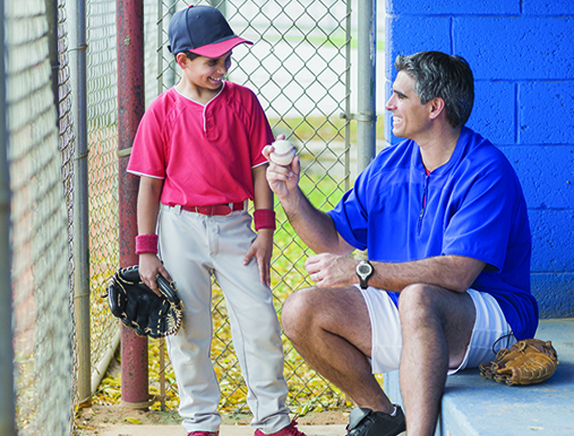Sports can make a profound impact on the life of a young person. Stanford Children’s Health, a Bay Area-based pediatric and obstetric health care system that offers comprehensive clinical services, notes that children who participate in sports experience a range of physical, emotional and interpersonal benefits.
Improved vision, a reduced risk of obesity, the development of motor skills, and the development of social skills are just a handful of the many ways kids can benefit from sports. Athletes’ parents typically recognize such benefits, but that likely doesn’t prevent them from being concerned about the children’s risk of suffering sports-related physical injuries, particularly for young athletes who compete in contact sports. While it’s impossible to eliminate the risk of injury entirely, regardless of which sports kids play, there are some strategies athletes and their parents can take to reduce that risk.
- Make sure young athletes get their physicals. Recreational and scholastic sports leagues typically require athletes to get physicals before they’re allowed to compete. Kids who participate in more loosely organized leagues should get a physical before each season even if the league does not require them to do so. These examinations can uncover problems such as irregular heartbeat that may make kids vulnerable to injury or illness. When these issues are discovered, athletes, their parents, their physicians, and their coaches can then work together to develop a plan to protect kids without preventing them from participating in their favorite sports.
- Open and maintain a dialogue with coaches before and throughout the season. Safe Kids Worldwide, a nonprofit organizations that works to help families and communities keep kids safe from injuries, recommends parents meet with coaches before the first practice of the season to inform them of a child’s medical history with asthma or other medical conditions that require special attention. If kids develop nagging injuries during a season, whether it’s during competition or not, parents should report them to the coach directly, as kids may be hesitant to do so on their own.
- Warm up and stretch before games. Many coaches are fully aware of the importance of warming up and stretching before games. But parents can still keep an eye out to make sure kids do this prior to competition, as Safe Kids Worldwide notes warming up and stretching helps to prevent sports-related injuries by releasing muscle tension before kids begin physical activity.
- Encourage young athletes to hydrate and stay hydrated throughout competition. The NCAA notes that the consequences of dehydration are severe and can include increased core temperature and heart rate, decreased blood pressure, nausea and vomiting, general fatigue, headaches, and muscle cramps. Hydrating before competition and staying hydrated throughout a game can help athletes maximize their performance and minimize their risk of injury and muscle cramps.












